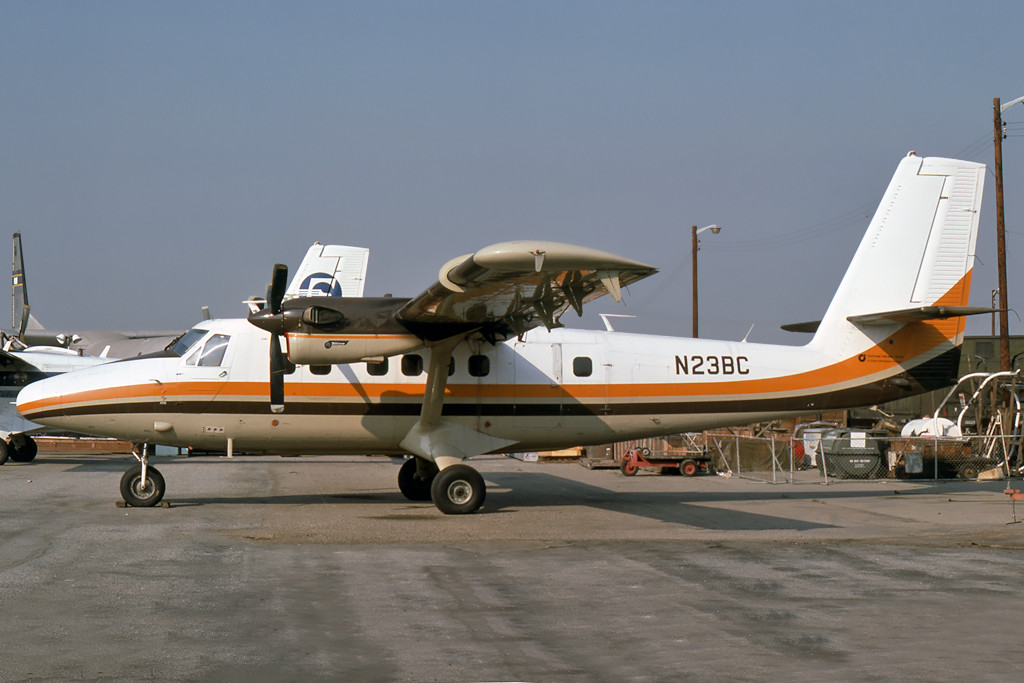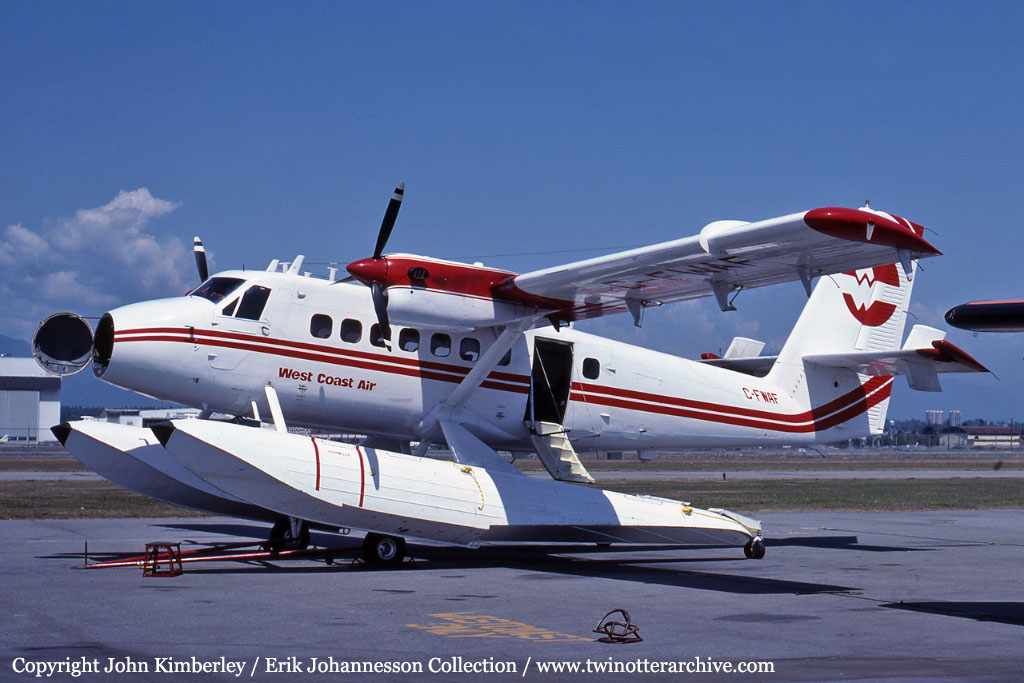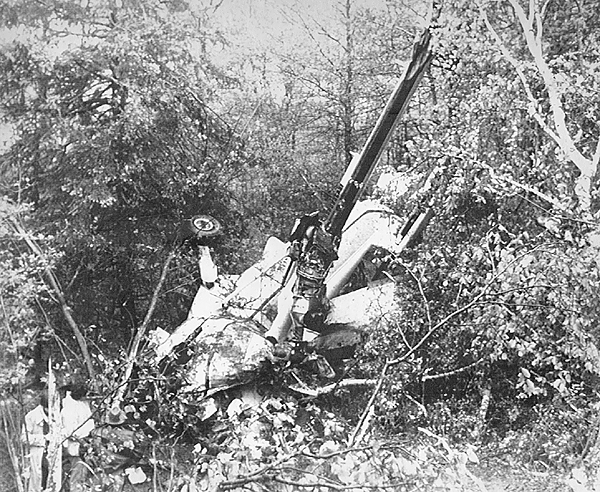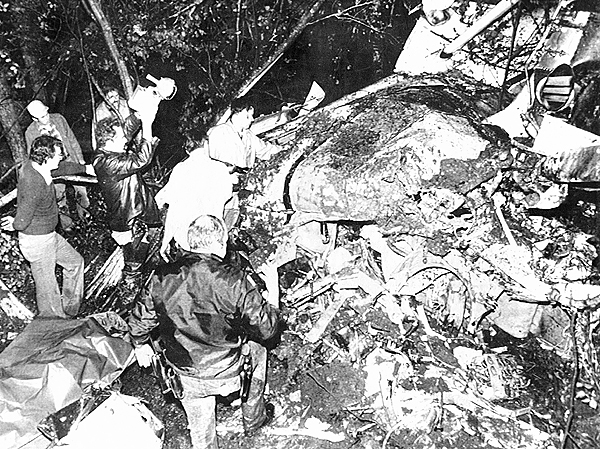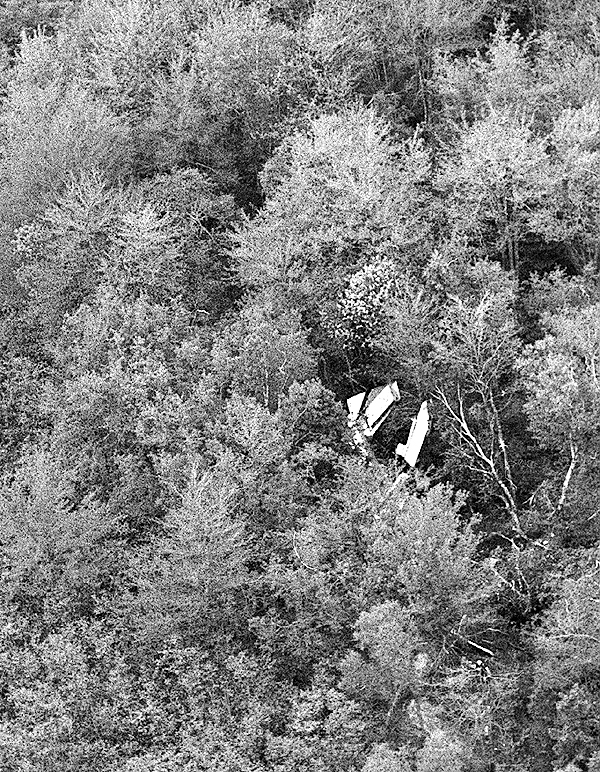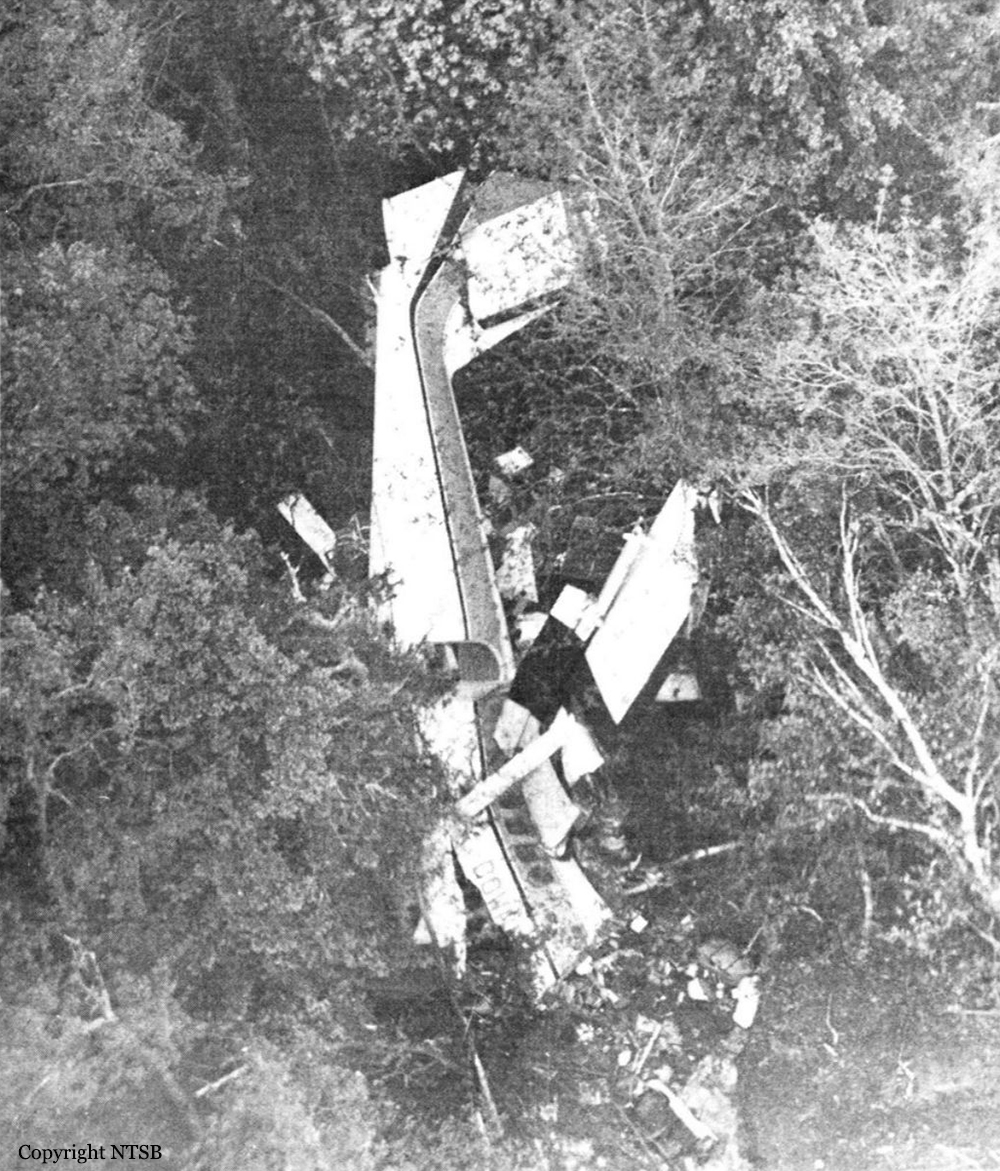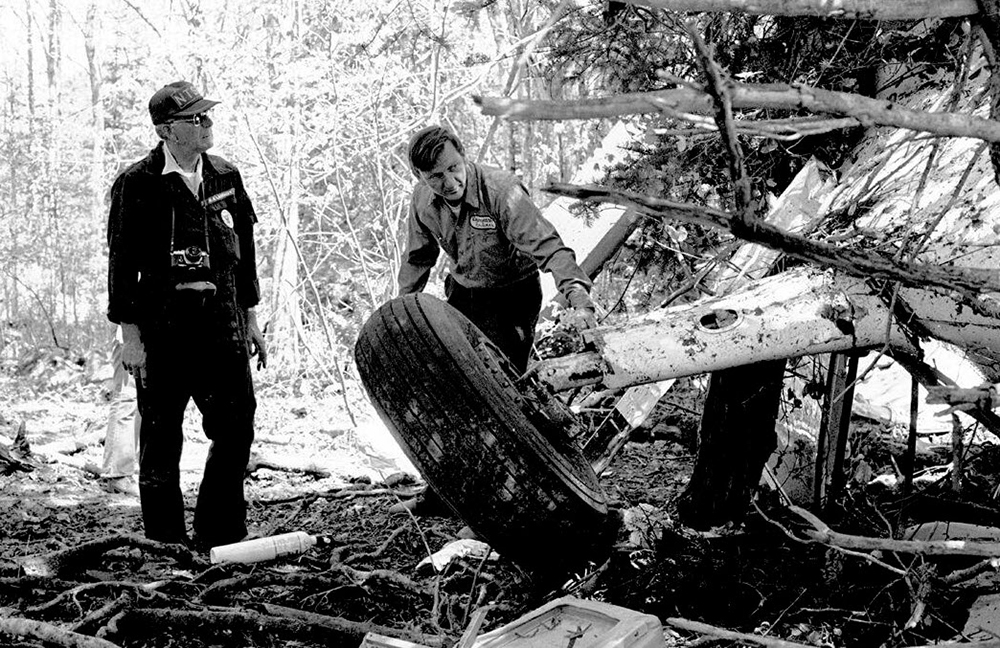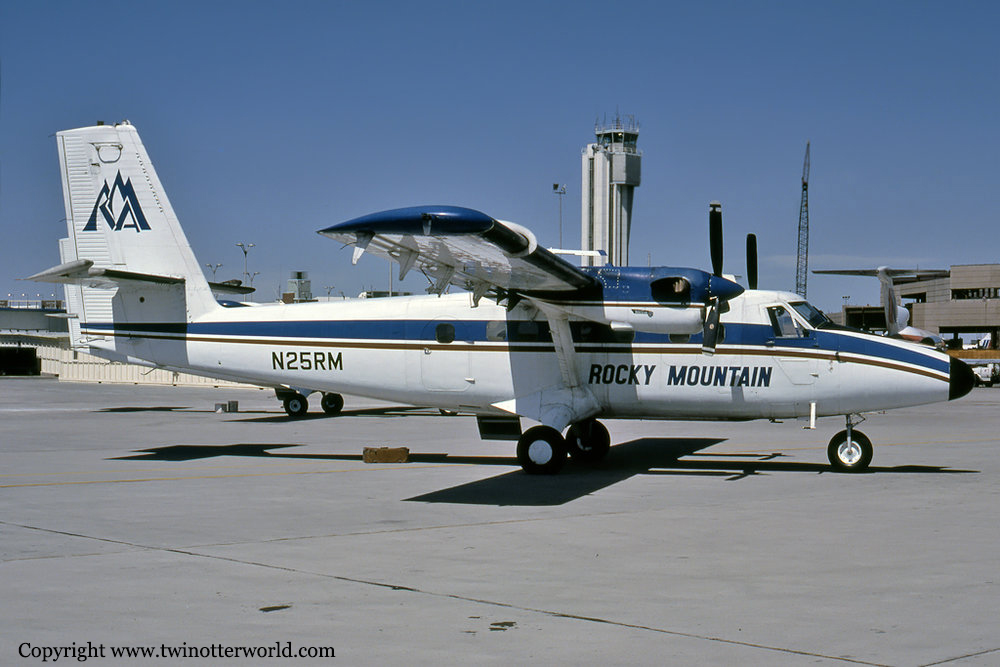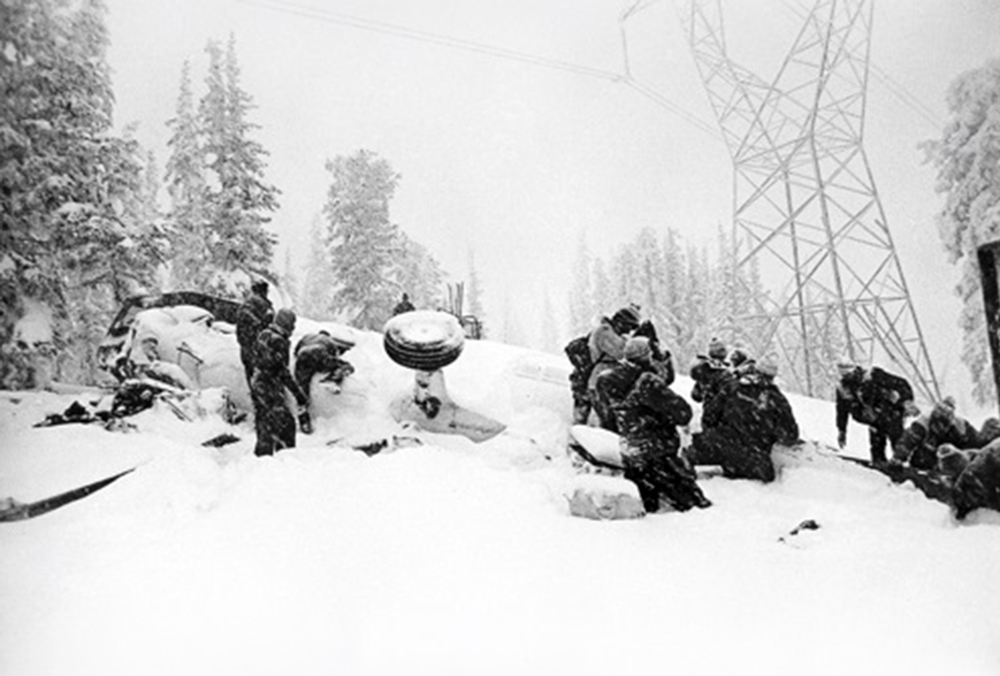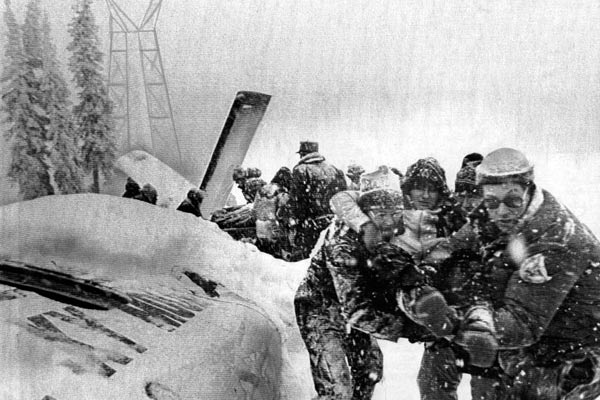Crash of a De Havilland DHC-6 Twin Otter 300 near Nome: 4 killed
Date & Time:
Dec 3, 1979
Registration:
N8061V
Survivors:
No
Schedule:
Nome - Shishmaref
MSN:
294
YOM:
1970
Crew on board:
2
Crew fatalities:
Pax on board:
2
Pax fatalities:
Other fatalities:
Total fatalities:
4
Captain / Total hours on type:
731.00
Circumstances:
The airplane departed Nome on a VFR flight to Shishmaref, about 122 miles to the north. Few minutes after takeoff, the crew encountered poor weather conditions with snow falls, limited visibility (night) and icing conditions. The airplane struck the slope of a mountain located to the north of Nome. As the airplane failed to arrive at destination, SAR operations were initiated but eventually suspended few days later as no trace of the aircraft nor the four occupants was found. The wreckage was localized on February 10, 1980. The aircraft was destroyed upon impact and all four occupants have been found dead.
Probable cause:
Controlled flight into terrain during normal cruise after the crew continued VFR flight into adverse weather conditions. The following contributing factors were reported:
- Snow covered terrain,
- High obstructions,
- Low ceiling,
- Snow,
- Visibility half a mile or less,
- Fog,
- Special VFR flight.
- Snow covered terrain,
- High obstructions,
- Low ceiling,
- Snow,
- Visibility half a mile or less,
- Fog,
- Special VFR flight.
Final Report:


